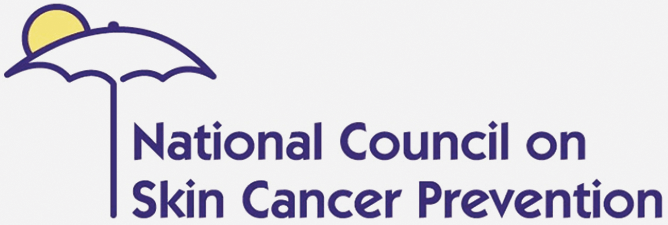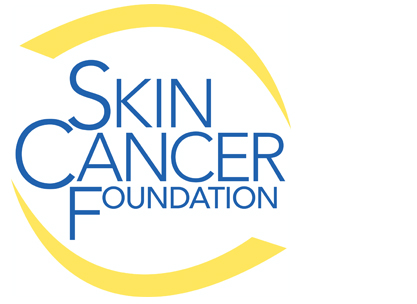Just Say No to Tanning

NCSCP Indoor Tanning Position Statement (from May 2014)
The National Council on Skin Cancer Prevention (National Council) represents the nation’s premier skin cancer organizations, researchers, clinicians, and advocates for melanoma and skin cancer prevention.
The National Council supports initiatives and actions that would prohibit indoor tanning for minors, ensure tanning devices and facilities are properly regulated, and educate consumers about the risks associated with tanning.
Ultraviolet (UV) radiation emitted from indoor tanning devices is classified as a cause of skin cancer by the United States Department of Health and Human Services and the World Health Organization’s International Agency for Research on Cancer.¹,² The United States Food and Drug Administration warns consumers that UV radiation emitted by tanning devices poses serious health risks.³
Skin cancer is the most common type of cancer in the United States; the number of Americans who have had skin cancer at some point in the last three decades is estimated to be greater than for all other cancers combined.⁴ The American Cancer Society estimates 76,100 new cases of melanoma in 2014 and millions of cases of other skin cancers.⁵ Melanoma incidence rates have been increasing for at least 30 years and melanoma accounts for the vast majority of skin cancer deaths.⁵ Melanoma is one of the most common cancers diagnosed among young adults. Currently melanoma is the second most common form of cancer for young women between the ages of 15-29.⁵ An estimated 9,710 deaths from melanoma and 3,270 deaths from other types of skin cancer (not including non-melanoma skin cancer) are projected to occur in 2014.⁵
Indoor tanning is associated with an increased risk of skin cancer, especially among frequent users and those starting at a young age.⁶,⁷ Over 6,000 melanomas a year are estimated to be attributable to indoor tanning in the United States.⁸ Recent research demonstrates that age restrictions are effective in reducing indoor tanning among minors, compared to parental permission laws alone or no restrictions.⁹
According to Centers for Disease Control and Prevention, the annual cost of treating non-melanoma skin cancer is $4.8 billion and $3.3 billion for melanoma.¹⁰
The National Council supports initiatives and actions to protect the public from and warn the public about increased skin cancer risk associated with exposure to UV radiation emitted by indoor tanning devices.
References:
- IARC Working Group. The association of use of sunbeds with cutaneous malignant melanoma and other skin cancers: a systematic review. Int J Cancer 2006; 120: 1116–22.
- National Cancer Institute. (2003). U.S. Department of Health and Human Services. 12th Report on Carcinogens. 2011
- U.S. Food and Drug Administration. Radiation-Emitting Products: Tanning website
- Lomas A, Leonardi-Bee J, Bath-Hextall F. A systematic review of worldwide incidence of nonmelanoma skin cancer. The British journal of dermatology. 2012;166(5):1069-1080.
- National Cancer Institute. (2003). U.S. Department of Health and Human Services. 12th Report on Carcinogens. 2011
- American Cancer Society. “Cancer Facts and Figures 2014”. Atlanta: American Cancer Society; 2014.
- Boniol M, Autier P, Boyle P, Gandini S. Cutaneous melanoma attributable to sunbed use: systematic review and meta-analysis. BMJ 2012;345:e4757.
- Wehner MR, Shive ML, Chren MM, Han J, Qureshi AA, Linos E. Indoor tanning and non-melanoma skin cancer: systematic review and meta-analysis. BMJ 2012;345:e5909.
- Wehner MR, Chren M, Nameth D, et al. International prevalence of indoor tanning: A systematic review and meta-analysis. JAMA dermatology (Chicago, Ill.) 2014.
- Guy G., Berkowitz Z., Jones SE., et al. State Indoor Tanning Laws and Adolescent Indoor Tanning. American Journal of Public Health. 2014. 104(4):e69-e74
- Guy Jr GP, Machlin S, Ekwueme DU, Yabroff KR. Prevalence and costs of skin cancer treatment in the United States, 2002–2011. Under Review.







